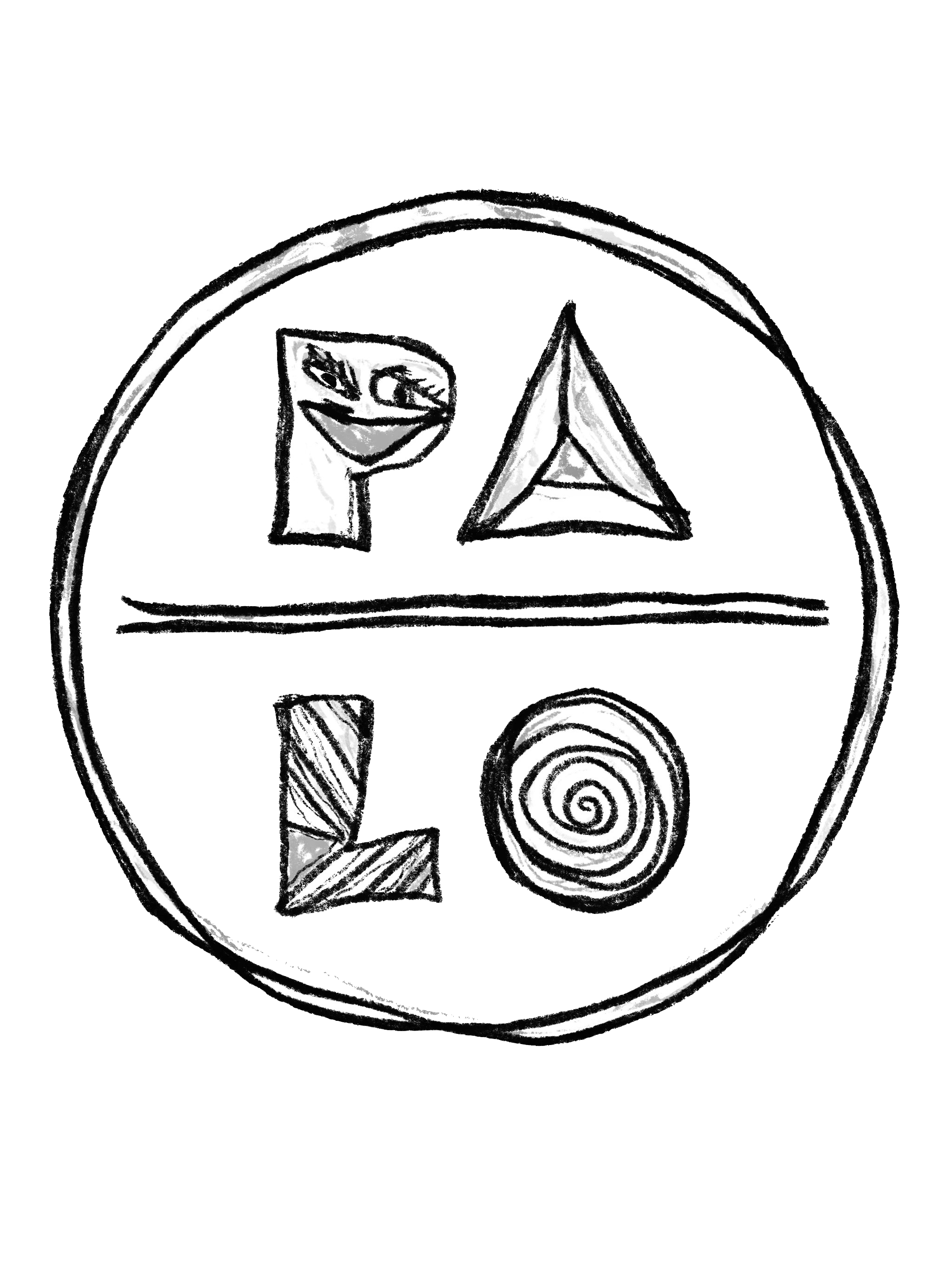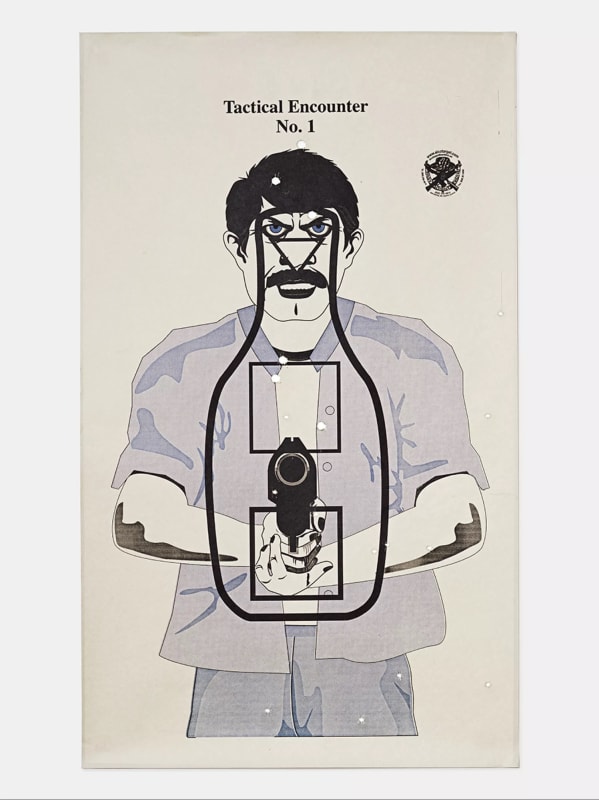Cowboys, drag queens, circus folk, working girls, bull riders and deer hunters.
What sounds like the potential eclectic cast of a John Ford or Quentin Tarantino flick is, in fact, the focus of Jane Hilton, a British photographer with a passion for capturing extraordinary individuals who exist on the fringes of society.
Her journey as a photographer began in Lancaster, England where she would shoot groups of local punks and goths. Yet, it was the allure of the American Wild West, imprinted upon her from childhood viewings of Westerns with her family, that truly caught her imagination.
Spanning over four decades, Hilton's career has taken her across the globe.
One of her latest projects, 'LA GUN CLUB,' currently being exhibited at the Palo Gallery in New York City, explores American gun culture through a collection of unique 'shot up' target posters.
"The project became why they chose that target, why they shot it up, what firearm they used, whether it was their own or they were given it by the club, and their occupation," explains Hilton.
We had the privilege of sitting down with the photographer to delve deeper into her expansive body of work and the experiences that have shaped her remarkable career.
Euronews Culture: A lot of your work is shot in the USA and centres around the idea of the American Dream, such as your “Precious" series and "Dead Eagle Trail”, what draws you there and particular to the west?
Jane Hilton: Mainly the light. I mean anyone who uses a camera will just fall in love with the light. It's stunning. And the landscapes are stunning and the expanse of desert and sky. And it's just something that you dream about, especially coming from England. I think it's just the contrast and the colours. And obviously the people.
Generally in your work, how do you approach gaining your subjects trust and capturing their stories authentically?
It depends on what type of people I'm trying to document, but normally I'll just get to know them first. I think it's rude to stick a camera in front of someone's face without speaking to them first or getting to know them.
So normally it's a slow process gaining people's trust. Obviously, "The Working Girls' was a very slow process and that was obviously quite difficult. But even "The Drag Queens" was quite difficult, despite them being massive performers and exhibitionist. But even to take them outside, away from their home of bars and nightclubs, into daylight, was quite a feat.
For your project "Drag Queen Cowboys", I read that you shot it on a 5x4 plate camera with black and white film, and no re-touching. What was behind this decision to shoot it like this?
That was a deliberate move because there's so much imagery on drag queens and they're always with artificial lighting, on the hoof and shot on their phones mainly, and it's in the clubs. So I decided to do something completely different and I went to the locations where they shot The Misfits, which was John Huston's film with Marilyn Monroe, famously shot in Nevada.
So I took the queens that I was shooting, who lived on the outskirts of Vegas, into the desert, used the natural light, which they weren't used to, and decided to slow the whole thing down. You don't often see drag queens having imagery in black and white, it's always colour.
Any particularly memorable moments from that shoot?
I think the most memorable moment was shooting out in a ghost town and taking both queens in my sweet little Mustang car, like an old 66, and taking them in the back. That was a real hoot. We went an hour out of Vegas and they were howling. They jkust loved it and it was really fun.
Your project "LA Gun Club" explores American gun culture through 'shot up' target posters. Could you tell me a little bit about the project and what inspired you to undertake it?
The LA Gun Club was a project that just turned up. I was in LA shooting a commercial job with two assistants, and after a day's work, they were like, "We're going to the gun club. Jane, I think you'd love it. Come with us."
So I went and and I was just shocked. Oh my God. They gave me an induction for about 7 minutes and then they handed me a Glock and an AK47. And I just presumed that the bullets were duds. And they went, "No, no, no, it's live ammunition. Do not turn round whilst holding the gun." I was terrified and my hands were shaking. I mean, it's exhilarating and I understand the adrenaline.
I always wanted to make a comment about gun culture, so I just had to come up with a way of doing it. So it became a new project and instead of going to their homes and photographing their gun collection on the kitchen table, which is probably what I would have normally done, I decided to make it conceptual. I returned six months later. I spent ten days at the gun club and I interviewed a cross-section of people as to why they went there and what guns meant to them. It was completely anonymous. I took their targets back to London. A lot of them were really non-PC, they were quite decorative and it became a very layered project.
The project became why they chose that target, why they shot it up, what firearm they used, whether it was their own or they were given it by the club and their occupation. So it's a comment about American gun culture.


